Street food in Seoul is a blend of flavours, imagination and cultural heritage waiting to be devoured one bite at a time. From the vibrant street food stalls in Myeongdong to the hearty dishes of local delicacies in Gwangjang Market, there is a special taste in every corner. The city’s street snacks aren’t simply fast food; they are the essence of Seoul’s changing palates and deep culinary traditions. Some foods are from generations past, while others are reinventions for contemporary appetites. They are easily accessible and vibrant, offering simple pleasures to both locals and travellers alike.
10 Best Street Foods In Seoul
The following are the 10 must-try street foods in Seoul, offering the city’s soul, one street stall at a time.
1. Tteokbokki (Spicy Rice Cakes)
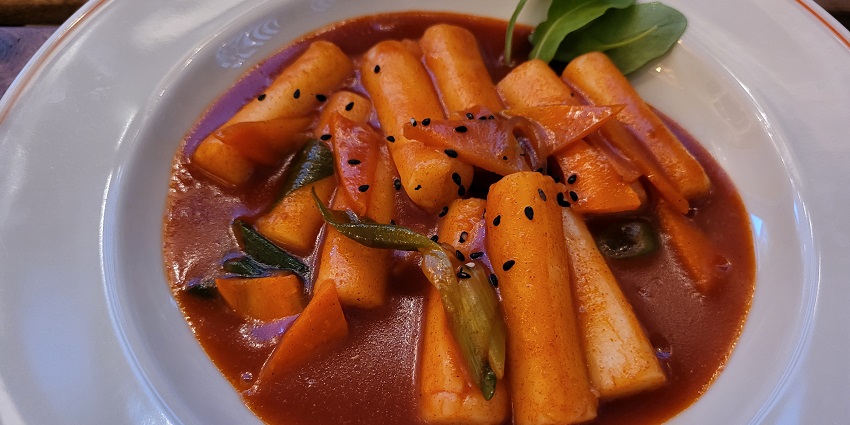
Photo: Benreis / Wikimedia Commons / Image For Representation Only
Tteokbokki is much more than spicy rice cakes. It soaks the fermented richness of gochujang and typically contains scallions, onions, and possibly even ramen or cheese. Street vendors keep it churning in wide, shallow metal trays to prevent sticking, forming a bubbling red bath that draws in passersby with its distinctive smell. Some vendors class it up with seafood, cheese-stuffed tteok or black bean sauce variations. At some stalls, you can also find a “soupy” version, where the sauce is thin enough to drink like a stew.
Locations: Gwangjang Market, Myeongdong Street
Cost: ₩2,500 – 4,000 / ₹150 – 240
2. Hotteok (Sweet Korean Pancakes)
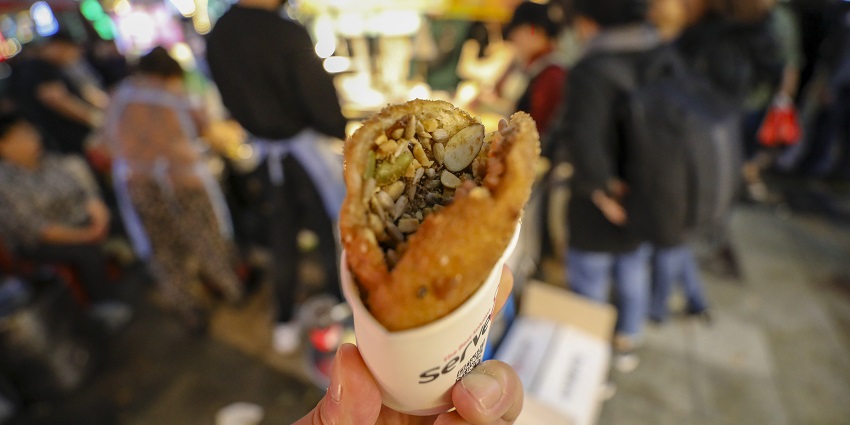
Photo: bryan… / Wikimedia Commons / Image For Representation Only
Hotteok is a warming winter treat that starts with a yeasted dough, usually mixed early in the day for a slow rise. Vendors pinch off a ball of the dough, pat it on an oiled griddle, and add a filling, which is a mixture of brown sugar, cinnamon and crushed nuts, usually sunflower seeds or walnuts. As it cooks, the sugar melts into a bubbling syrup that caramelises in the pancake, creating a gooey centre. Traditional vendors press the dough between a round metal disc, creating an even browning and distributing the filling.
Locations: Namdaemun Market, Insadong
Cost: ₩1,000 – 2,000 / ₹60 – 120
3. Gimbap (Korean Rice Rolls)

Photo: Tuğba / Pexels / Image For Representation Only
Gimbap may look like Japanese sushi, but its flavours and textures are resolutely Korean. Rather than raw fish, the fillings usually consist of seasoned vegetables, pickled radish, stir-fried beef or tuna mayo, and thin strips of fluffy omelette. Rather than vinegar, the rice is laced with a touch of sesame oil, making it nutty and aromatic. Gimbap is rolled tightly around fillings in roasted seaweed and cut into bite-sized discs, ideal for communal snacking or as travel food. Vendors usually make it in large batches every morning and display the soft rice, crunchy vegetables and chewy wrapper rolls in clear cases.
Locations: Street vendors near subway stations
Cost: ₩2,000 – 4,000 / ₹120 – 2400
4. Eomuk (Fish Cake Skewers)
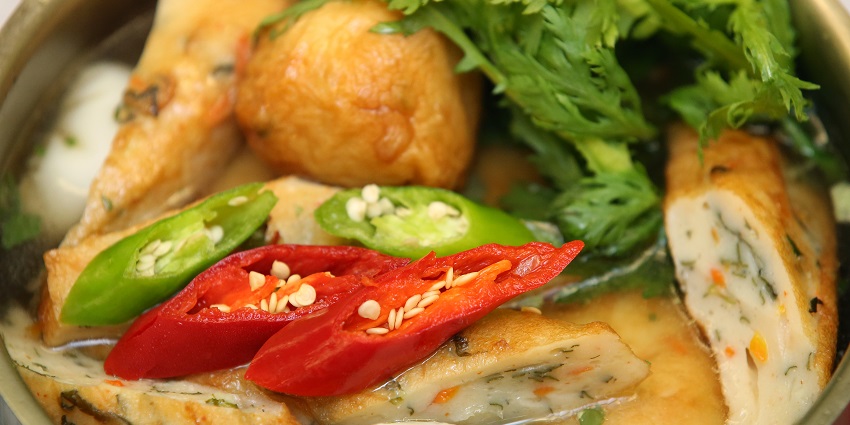
Photo: Republic of Korea / Wikimedia Commons / Image For Representation Only
Korean fish cake skewers, eomuk, are a street-side lifeline in Seoul’s bitter winters. They’re usually flavoured and made from a mixture of ground white fish, flour and seasoning, shaped into flat sheets, boiled, then skewered in the folds. The skewers sit reclining in a bubbling metal vat of light anchovy and kelp broth, which seeps into the fish cakes, passing on some very mild umami. Vendors continually ladle broth over the skewers to keep them juicy and warm. But there are regional offshoots, such as spicy eomuk or ones stuffed with cheese, that are gaining popularity.
Locations: Street carts in Myeongdong, near bus stops
Cost: ₩500 – ₩1,000 / ₹30 – 60
5. Korean Fried Chicken (Street Style)
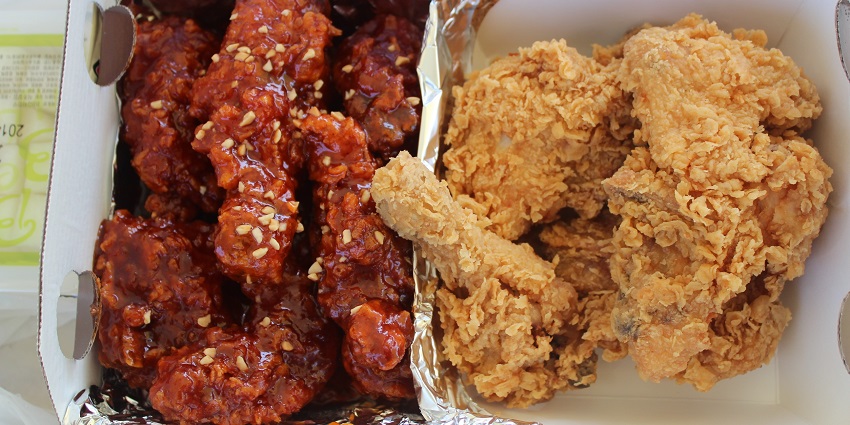
Photo: MaeveCosgrave / Wikimedia Commons / Image For Representation Only
Korean street-style fried chicken is not a diminutive version of something served in a restaurant; it’s a fast, snackable take on a national favourite. Using a double-frying technique, vendors fry small boneless pieces of chicken to crispy perfection, and they have a thin, crunchy crust. They are then drained and tossed in steel bowls with sticky sauces, like gochujang glaze, soy-garlic or even honey mustard. The meat is juicy, and the coating is crisp even when it’s soaked in sauce. Some even have fusion flavours, like curry or sweet corn, to be included in the mix.
Locations: Dongdaemun night market, food alleys in Hongdae
Cost: ₩5,000 – 8,000 / ₹30 – 480
6. Bungeoppang (Fish-shaped Pastry)

Photo: Chae Ji-young / Wikimedia Commons / Image For Representation Only
Bungeoppang is a seasonal treat in street food in Seoul. Its signature fish shape and rich fillings provide warmth. Pouring in a ladle of batter into cast-iron moulds shaped like carp, vendors add a generous spoonful of red bean paste (or custard/chocolate in contemporary versions) into the hollow before topping it with more batter and closing the press. Each vendor has a signature; some use an extra crispy touch, brushing oil on the moulds, while others employ a fermented batter for an underlying flavour. The red bean paste within is not too sweet, so the outer crispness of the pastry can shine.
Locations: Street vendors near subway exits during winter
Cost: ₩1,000 – 2,000 / ₹60 – 120
7. Japchae Hotdog
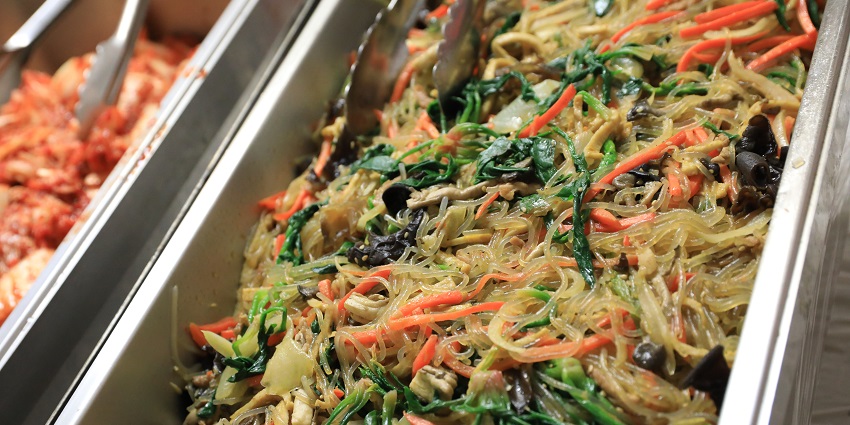
Photo: Stanley James / Wikimedia Commons / Image For Representation Only
The Japchae hot dog is a new mash-up that embodies Seoul’s ever-evolving street food creativity. Imagine a fat sausage split open and crammed with glossy japchae sweet soy-marinated glass noodles stir-fried with vegetables and then battered and deep-fried into a crunchy shell. This hybrid serves up surprise textural contrasts of crisp skin all around, chewy noodles on the inside and juicy sausage at the centre. The japchae soaks up the meaty flavours while maintaining its sesame flavour. Vendors typically top it with a zigzag of mayonnaise or sweet chilli sauce, adding depth of flavour to each bite.
Locations: Myeongdong, Hongdae street food stalls
Cost: ₩3,000 – 4,500 / ₹180 – 270
8. Sundae (Korean Blood Sausage)
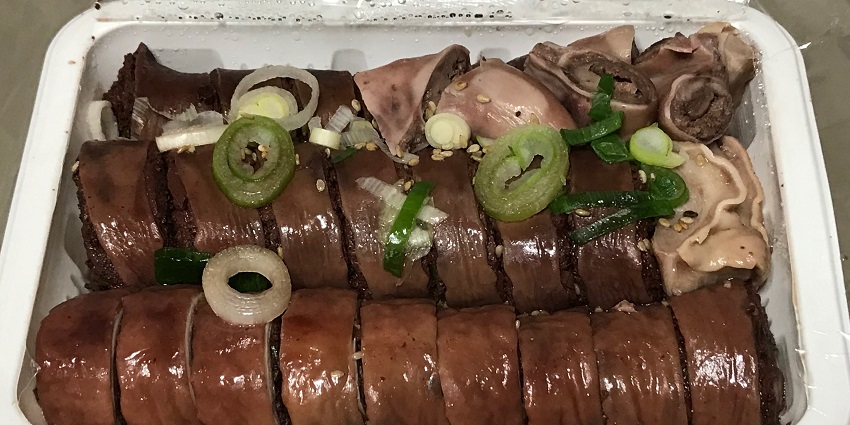
Photo: lazy fri13th / Wikimedia Commons / Image For Representation Only
Sundae is stuffed with a mixture of glass noodles, barley and pig’s blood and is steamed instead of fried. Traditional vendors cut them into thick rounds and serve them with slices of boiled liver and lung to make a protein-packed street platter. It is usually dusted with powdered perilla seed for extra aroma and served with a pungent dipping salt or fermented shrimp sauce. The sundae has a deep, savoury flavour profile that’s balanced by the chewy noodles within. Variations can include kimchi or glutinous rice, and in some places, you can also find spicy stir-fried versions called “sundae bokkeum”.
Locations: Gwangjang Market, traditional food alleys
Cost: ₩3,000 – 5,000 / ₹ 180 – 300
9. Grilled Cheese Lobster
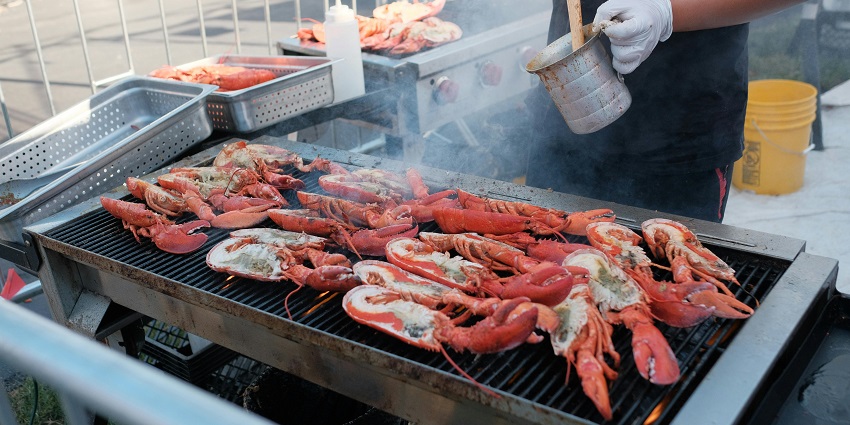
Photo: Deane Bayas / Pexels / Image For Representation Only
Grilled cheese lobster in Seoul has taken the gourmet dish to the streets, serving a little luxury in the alleyways. Vendors split an entire lobster tail in half, grill it until it is lightly charred and build a thick blanket of mozzarella or cheddar that’s melted with a blowtorch directly on the shell. Vendors often drizzle it with garlic butter or spicy mayo, which boosts the flavour on all fronts. It may cost more than other snacks, but the flavour and richness make it especially appealing for travellers seeking a memorable food moment.
Locations: Myeongdong street food area
Cost: ₩10,000 – 15,000 / ₹600 – 900
10. Korean Corn Dog
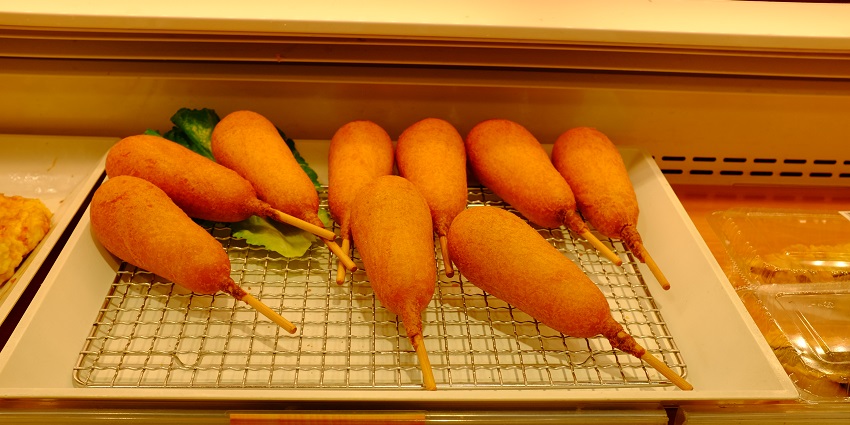
Photo: leighklotz / Wikimedia Commons / Image For Representation Only
Korean corn dogs are a cavalier upgrade from the Western corn dog, wrapped in creativity and crunch. Instead of plain batter, they’re coated with cubed potatoes, ramen bits, breadcrumbs or sugar and deep-fried until golden and crisp. The fillings are different, as some have a full sausage, others mozzarella or a half-and-half mix. The best part is the cheese pull, same as every corn dog. It’s half snack, half meal, and Seoul’s streets offer myriad versions, from squid ink-dyed dough to sweet potato cubes.
Locations: Hongdae, Ewha, and Myeongdong food stalls
Cost: ₩2,000 – 4,000 / ₹120 – 240
Street food in Seoul is not just a meal but a cultural immersion in savoury, sweet, spicy or experimental flavours. Whether you’re visiting for the first time or the hundredth, eating your way through these iconic bites can strengthen your bond with the city. Seoul’s street food scene offers a culinary adventure that stays with you long after your last bite. Plan your trip with TripXL and enjoy Seoul’s yummiest treasures.
Cover Photo: changupn / Wikimedia Commons / Image For Representation Only


 WhatsApp
WhatsApp
 Twitter
Twitter









